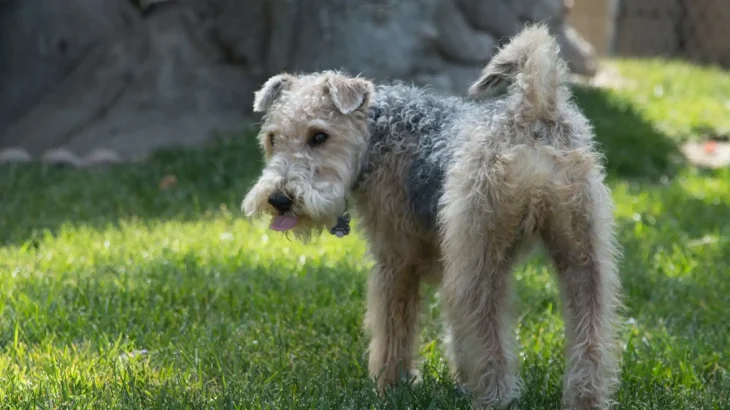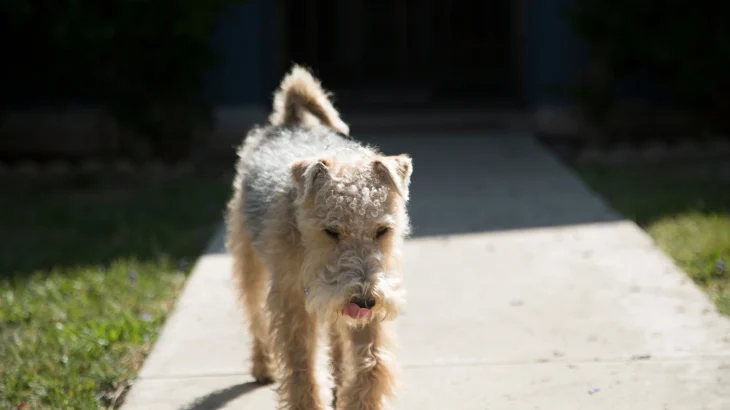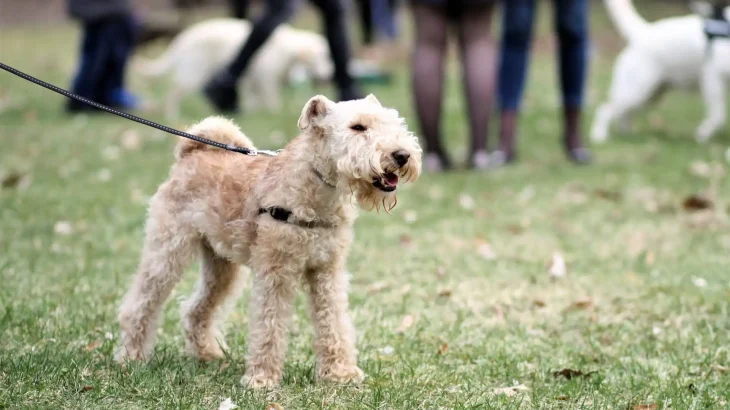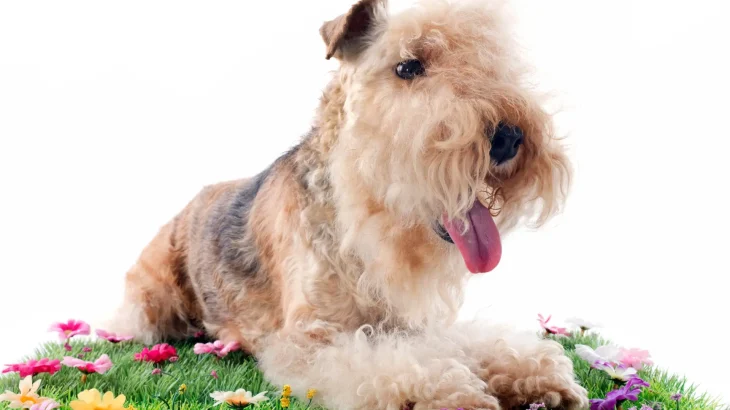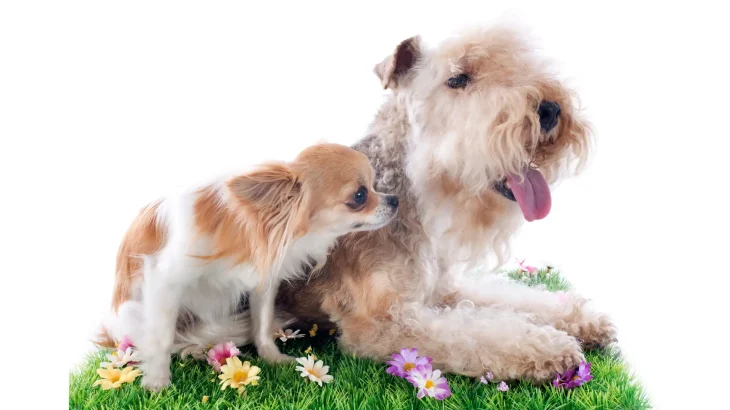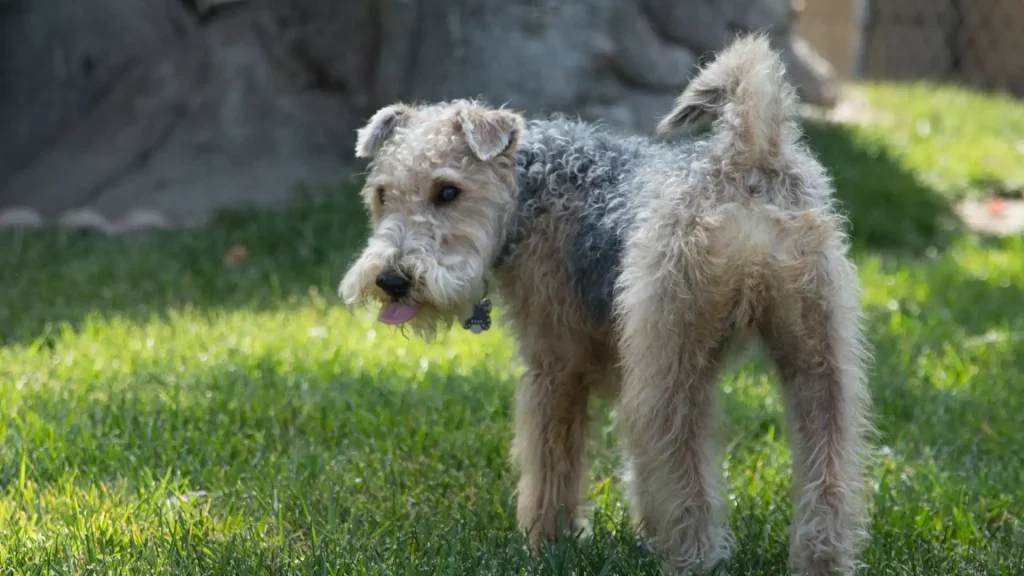Deciding whether to adopt or purchase a Lakeland Terrier puppy often depends on factors beyond just the breed. Buying from a breeder usually means access to detailed health and pedigree info, while adopting offers the chance to give a home to a dog in need and is often less expensive.
| Criteria | Buying from Breeder | Adopting from Shelter/Rescue |
|---|---|---|
| Cost | Generally higher, reflecting purebred status and breeder expenses. | Lower, with fees covering vaccinations, spaying/neutering, and microchipping. |
| Health History | Comprehensive health records and often genetic screening. | May be limited or unknown; shelters do basic health checks. |
| Age Availability | Mostly puppies, allowing early bonding and training. | Variety of ages, including puppies, adults, or seniors. |
| Temperament Insight | Breeders can provide info on temperament and lineage. | Shelter staff share behavioral observations; full history may be uncertain. |
| Supporting Practices | Supports responsible breeding if chosen carefully. | Supports animal welfare by rescuing dogs. |
| Ethical Considerations | Needs careful breeder selection to avoid unethical breeders. | Promotes adoption, reducing demand for puppy mills. |

